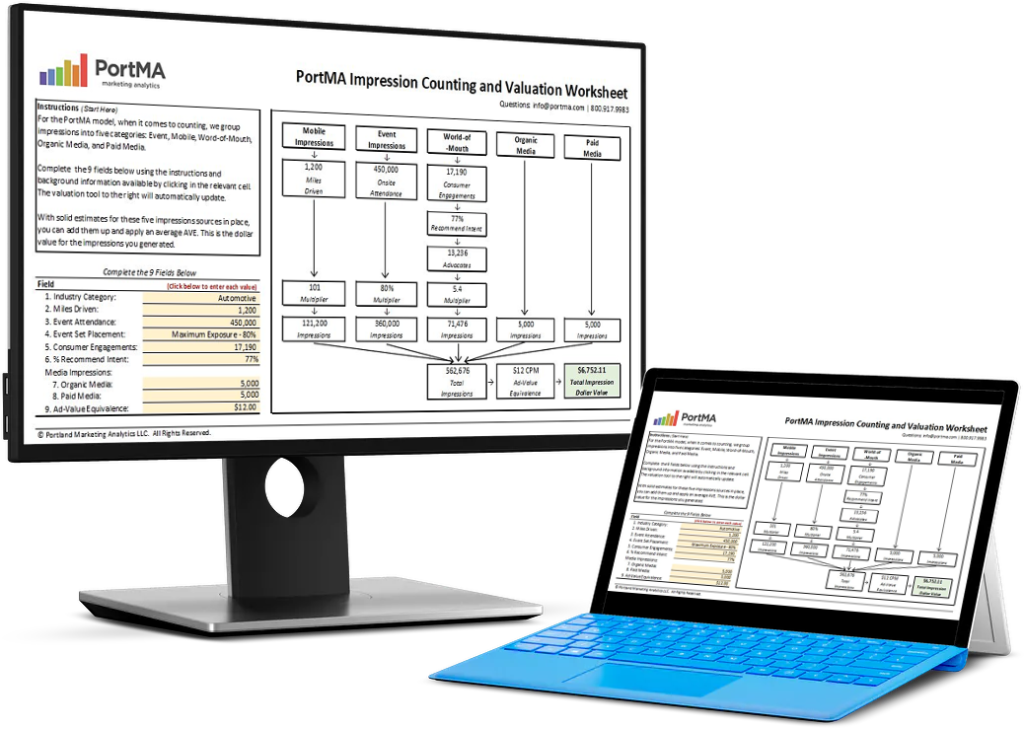
Consumer technology sets trends beyond buying patterns. As market researchers and experiential marketers, we can gain unparalleled insights from these shows. That is why any professional in the field should consider spending some time at events like the Consumer Electronics Show.
We conclude our conversation with David Paull – founder of Dialsmith, Lillian Labs, and Engagious – at CES in 2020. If you missed the first half of our discussion, you can find it here.
Estimated reading time: 3 minutes
It’s About Conversations, Not Trends
If you read the first half of this blog, you will have noticed that we posed quite a large amount of questions but left them unanswered.
That was done on purpose. One of the main reasons for market researchers to attend consumer shows is to gain insight into which technologies consumers are likely to embrace over the next few years. Understanding those large-scale trends will help experiential marketers understand their audience better.
Don’t take my word for it but listen to industry guru David Paull instead. Both of us believe that if you are in market research or data science, there’s nothing more valuable than having the opportunity to connect with your colleagues in an inspiring environment like a consumer show.
Being in those surroundings starts conversations that otherwise would not have happened. But it also helps experiential marketers assess where consumer interest may be headed next.
Taking Research Out of the Office
As a market researcher, it’s all too easy to get stuck behind a desk. Taking in shows like CES allows researchers to connect with their peers and have game-changing conversations. Plus, they will take the latest consumer trends back to their own practices.
This is the starting point of reviewing client campaigns to see whether they are delivering the maximum ROI for clients. Reconsidering campaigns like that often triggers a paradigm shift for market researchers and experiential marketing professionals.
During a campaign’s preparation phase, researchers and experiential marketers will know which questions to ask:
- Following this paradigm shift, how is the campaign still relevant?
- How do we provide value through our campaign?
(You can listen to the full episode of the podcast below.)
Increasing Reasons for Engagement
Market researchers and experiential marketers can’t stand still. They need to provide the people who engage with them with a new reason to engage every six months or so. Visiting conventions like the consumer electronics show can give marketers this kind of enrichment that helps them retain their enthusiasm and that of their customers.
Giving consumers more reasons to engage with a brand is extremely valuable when it comes to delivering ROI from campaigns.
Managing the Flow of Information
Conventions can be overwhelming. To get the most out of the time there, it’s important to curate the experience and keep it focused on what you do. Arriving a day early and participating in a trade day – or research summit, in the case of the consumer electronics show – is a great way of easing into a busy convention.
Remember, getting out from behind the desk is already valuable. Spending time with fellow market researchers or experiential marketers can be invaluable in gaining new insights and guiding your experiential campaigns toward new heights.
David Paull is the founder of Dialsmith, Lillian Labs, and Engagious. For more information, visit David’s LinkedIn profile here or visit davidpaull.com.

Download the Free Spreadsheet Tool
CALCULATE THE DOLLAR VALUE OF EVENT IMPRESSIONS
PortMA Impression Counting and Valuation Worksheet
Download this spreadsheet and complete the fields for your campaign to get a clear count of your activation impressions translated into a Dollar Value of Marketing
Impression Spreadsheet
